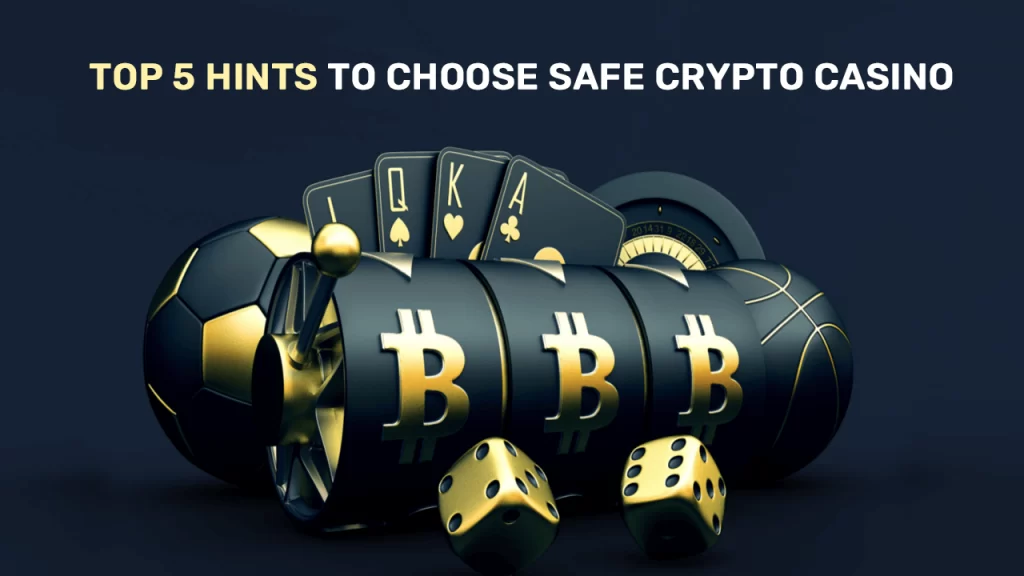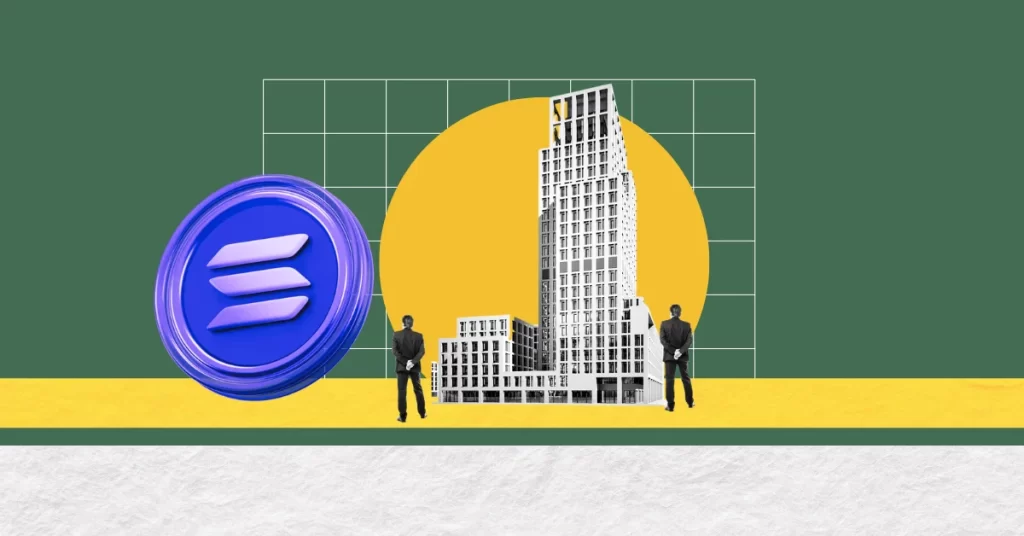
Crypto has been around for more than 15 years now (which is a little bit crazy to think about).
However, even though we are about to enter its second decade in a few years, many newcomers and even some crypto veterans still get confused about which wallet type they should use.
Is there a “best” option? Should you just keep everything on an exchange for maximum convenience? Or is a hardware wallet the gold standard for safety?
The truth is, there’s no single perfect answer. The way you store your crypto depends on how you use it, what risks you’re willing to take, and how quickly you want to access your funds.
And because the crypto world changes fast, from new blockchains to new scams, your answer today might not be the same one you’d give a year from now.
Let’s break down the main options, how they fit into today’s market, and what trade-offs you need to think about.
What’s changing in crypto
The type of wallet you choose matters because crypto itself doesn’t sit still. Your crypto wallet serves as your access point to the blockchain, and it must keep pace with the evolving nature of the space.
There has undoubtedly been significant evolution in recent years. We’ve seen massive shifts in:
- Institutional investors are moving billions into digital assets, raising the bar for custody and compliance.
- A flood of new blockchains and Layer 2 solutions, each with its own wallet integrations and quirks.
- Millions of new retail users are joining in, bringing fresh demand for ease of use.
- And, of course, this growth also brings a new wave of increasingly sophisticated scams, including deepfake customer support and malicious smart contracts that can drain your funds in seconds.
All of this should influence your wallet strategy and how you approach storing and managing your assets.
Hot wallets – fast and flexible
Hot wallets are among the most popular crypto storage options, primarily due to their convenience and speed.
They’re the everyday carry of the crypto world, making them perfect for interacting with DeFi platforms or purchasing on-chain assets, such as NFTs.
But this convenience comes with a cost, and that cost is more exposure to online threats.
Since your hot wallet is always connected to the internet, it’s prone to a variety of malicious attacks. If your phone or computer gets compromised, your wallet could be too.
Additionally, if you are targeted by phishing attacks (which are becoming increasingly convincing by the day), you could inadvertently hand over your details and end up with your account being drained.
Because of this, hot wallets are best suited for those who trade frequently, experiment with DeFi, or use crypto regularly for payments.
They’re less suited for holding large amounts for the long term, purely because of the added risk.
Cold wallets – Locking your assets down
Cold wallets are the safest storage option available. Your private keys are kept offline, away from hackers, and you must physically hold your device in your hand to approve any transactions.
Instead of a hardware device, you could also go the paper route. This means you simply set up a wallet, write down your recovery phrase on a piece of paper, and store it.
Again, this is technically safe, but it relies on nobody finding the words.
Due to this, the added security features that hardware wallets bring make them the all-around safest option as they’re much harder to breach.
The downside is that they do take more effort. To send funds, you’ll need to plug in the device and approve the transaction.
But for long-term storage and for your peace of mind, most people would agree that it’s worth the extra step/
Custodial wallets – Letting someone else hold the keys
Now for the controversial part, custodial wallets. A custodial wallet is one where a third party has control over your private keys.
This is what happens when you leave your crypto on an exchange, such as Coinbase, Binance, Kraken, or any other trading platform.
For many people, this is the easiest and most convenient option. You buy crypto with your credit card, trade directly on the platform, and simply leave your coins there.
When you log back in, your coins will be right there, there’s no seed phrase to remember, and you don’t need a physical device. A straightforward username and password approach.
The obvious risk here is that you are placing all your trust in a company. If the exchange is hacked, freezes withdrawals, or runs into legal trouble, you could lose access to your funds.
And there is no shortage of examples and cautionary tales to choose from here. Things go wrong in crypto quite often.
That’s why exchanges should be treated like short-term parking of your assets. They’re fine for trading or cashing out, but not for storing everything you own.
The hybrid approach
Most experienced users don’t stick to one wallet type. Instead, they split things up. A little in a hot wallet for everyday use. The bulk is in a cold wallet for safety.
And maybe some in exchange for quick swaps between crypto and fiat.
It’s like your regular finances. You’ve got a checking account for spending, a savings account for security, and maybe an investment account managed by someone else.
Balancing speed, safety, and accessibility is often the most effective approach.
Having your coins spread out (with the majority in cold storage) is also suitable for diversifying your risk.
Just be careful not to slip into bad habits by getting sloppy. It only takes one mistake, and your whole balance could be wiped out.
Final word
Whichever wallet(s) you choose, just remember to keep in mind some of the fundamentals that remain no matter what type you go for.
Never share your seed phrase or your login details, or any other sensitive information. Not with “support,” not with friends, not with anyone.
It’s also a good idea to turn on two-factor authentication for any custodial account.
Although this only adds an extra layer of protection from hackers, it doesn’t guard you from the exchange itself disappearing.
Overall, be sure to understand the pros and cons of each option, and don’t be afraid to mix and match to achieve the best balance of convenience and security.
The post Revisiting the old question of wallet types appeared first on Invezz















 English (US) ·
English (US) ·